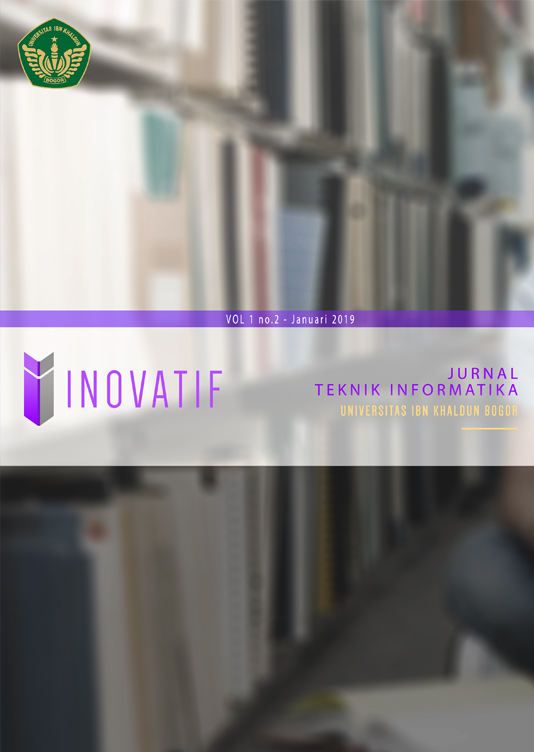THE USE OF ELECTRONIC LEARNING MEDIA ON STUDENTS' LEARNING OUTCOMES IN THE FIELD OF FIQH STUDY AT MADRASAH IBTIDAIYAH AL-ITTIHAD JAKARTA PUSAT
DOI:
https://doi.org/10.32832/inova-tif.v5i2.8390Abstract
At Madrasah Al-Ittihad There is a Study of Fiqh Science. The use of electronic media aims to determine the effect of using electronic media on student learning outcomes in the field of fiqh studies at Madrasah Ibtidaiyah in the 2021-2022 academic year. This type of research uses a survey with a quantitative approach and a correlation type. The research sample was 114 people with simple random sampling technique. The results of the study on the use of electronic media (variable Y) with student learning outcomes in the field of Islamic jurisprudence (variable Y) in the high category, with a mean score of 78.5, and the effect of the use of electronic media (variable X) on student learning outcomes in the field of fiqh studies (variable). Y), with correlation coefficient = 0,846, so 0,846>0,320 in level a 5% and 0,413 in level a 1%. Then the contribution of the influence of the use of electronic media on student learning outcomes in the field of jurisprudence is as follows: D = 0.8462x 100% = 71.55%. In other words, the ability of teachers to use electronic media will affect student learning outcomes, but still pay attention to the use of electronic media owned by students in order to realize better learning achievement.
References
R. E. Pratama and S. Mulyati, "Pembelajaran Daring dan Luring pada Masa Pandemi Covid-19,” Gagasan Pendidik. Indones., vol. 1, no. 2, p. 49, 2020, doi: 10.30870/gpi.v1i2.9405.
A. A. Akbar and T. Tarman, "Pengaruh Penggunaan Media Gambar Terhadap Hasil Belajar Bahasa Indonesia Pada Siswa Kelas Iv Sekolah Dasar,” JRPD (Jurnal Ris. Pendidik. Dasar), vol. 1, no. 1, pp. 40–48, 2018, doi: 10.26618/jrpd.v1i1.1238.
D. Nurwidayanti and M. Mukminan, "Pengaruh media pembelajaran terhadap hasil belajar ekonomi ditinjau dari gaya belajar siswa SMA Negeri,” Harmon. Sos. J. Pendidik. IPS, vol. 5, no. 2, pp. 105–114, 2018, doi: 10.21831/hsjpi.v5i2.17743.
A. Cahyani, I. D. Listiana, and S. P. D. Larasati, "Motivasi Belajar Siswa SMA pada Pembelajaran Daring di Masa Pandemi Covid-19,” IQ (Ilmu Al-qur'an) J. Pendidik. Islam, vol. 3, no. 01, pp. 123–140, 2020, doi: 10.37542/iq.v3i01.57.
Y. Prastica, "Pengaruh Penggunaan Media Pembelajaran terhadap Hasil Belajar pada Mata Pelajaran Matematika Siswa Sekoah Dasar,” J. Basicedu, vol. 5, no. 5, pp. 4120–4126, 2021, [Online]. Available: http://www.jbasic.org/index.php/basicedu/article/view/1347





















